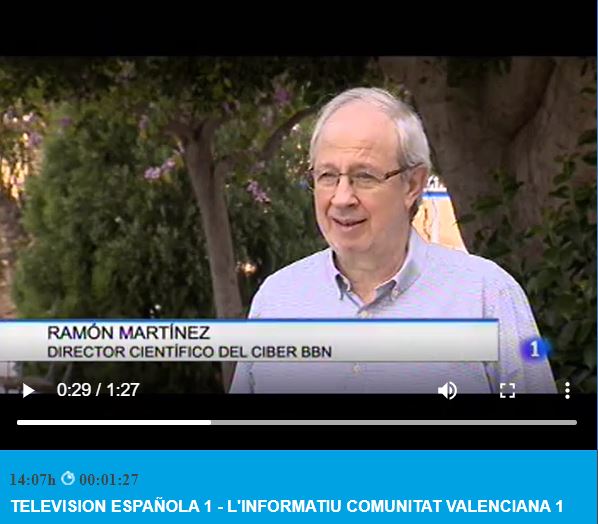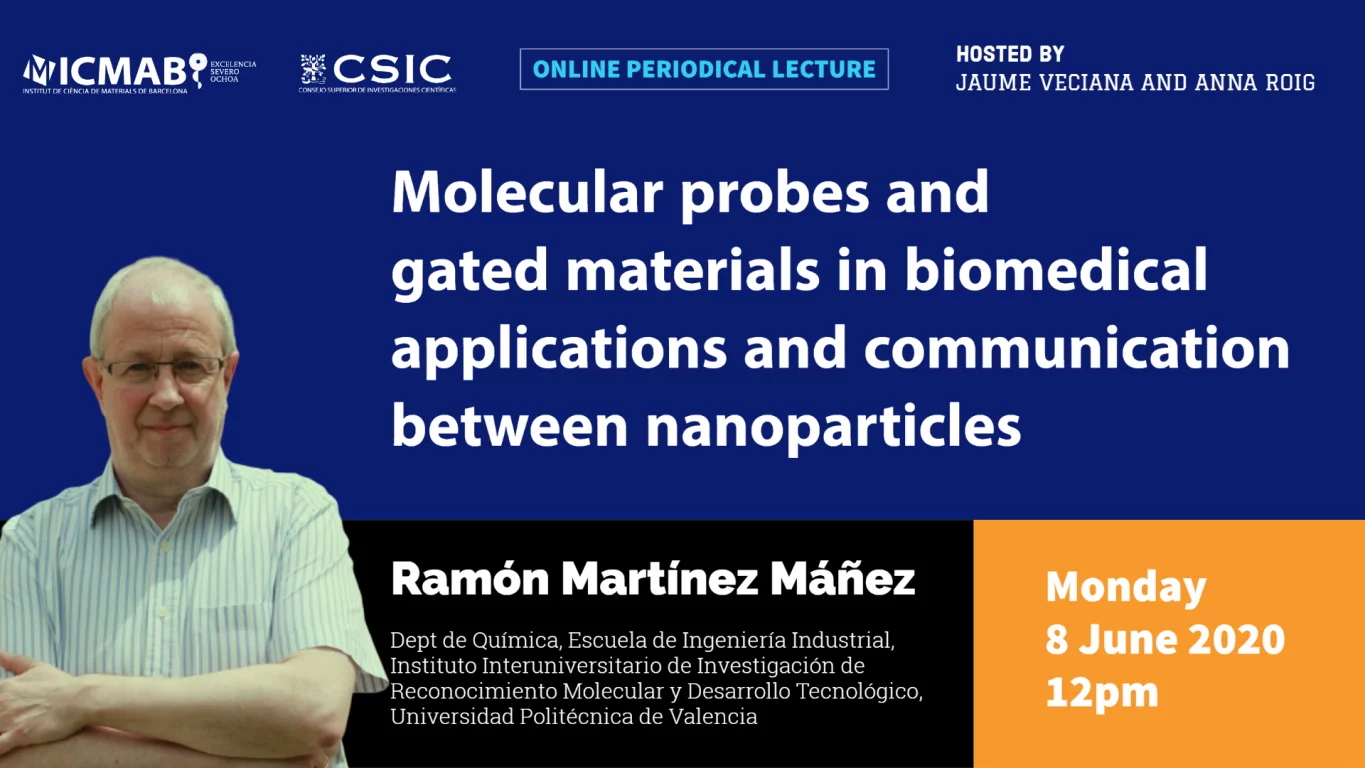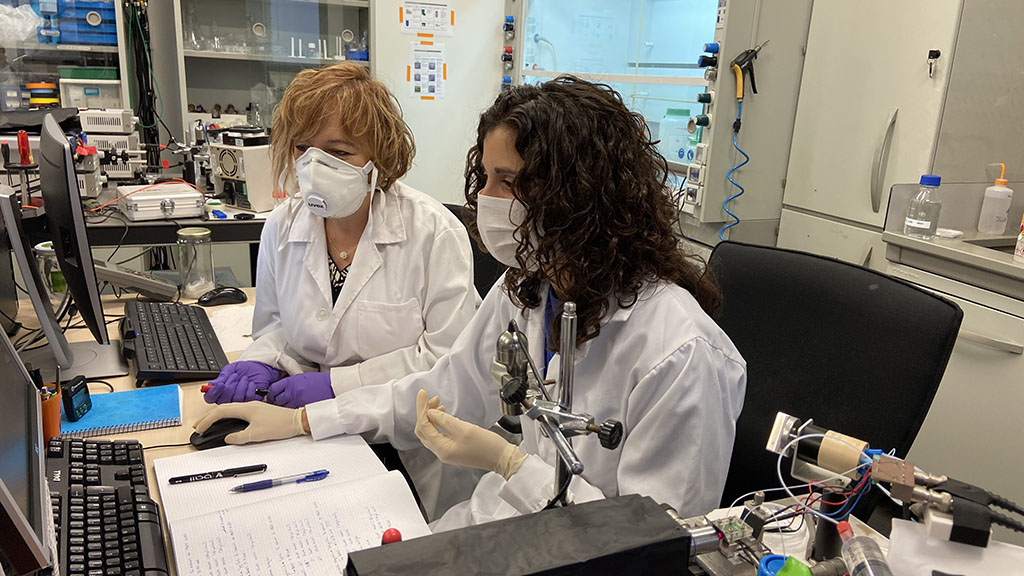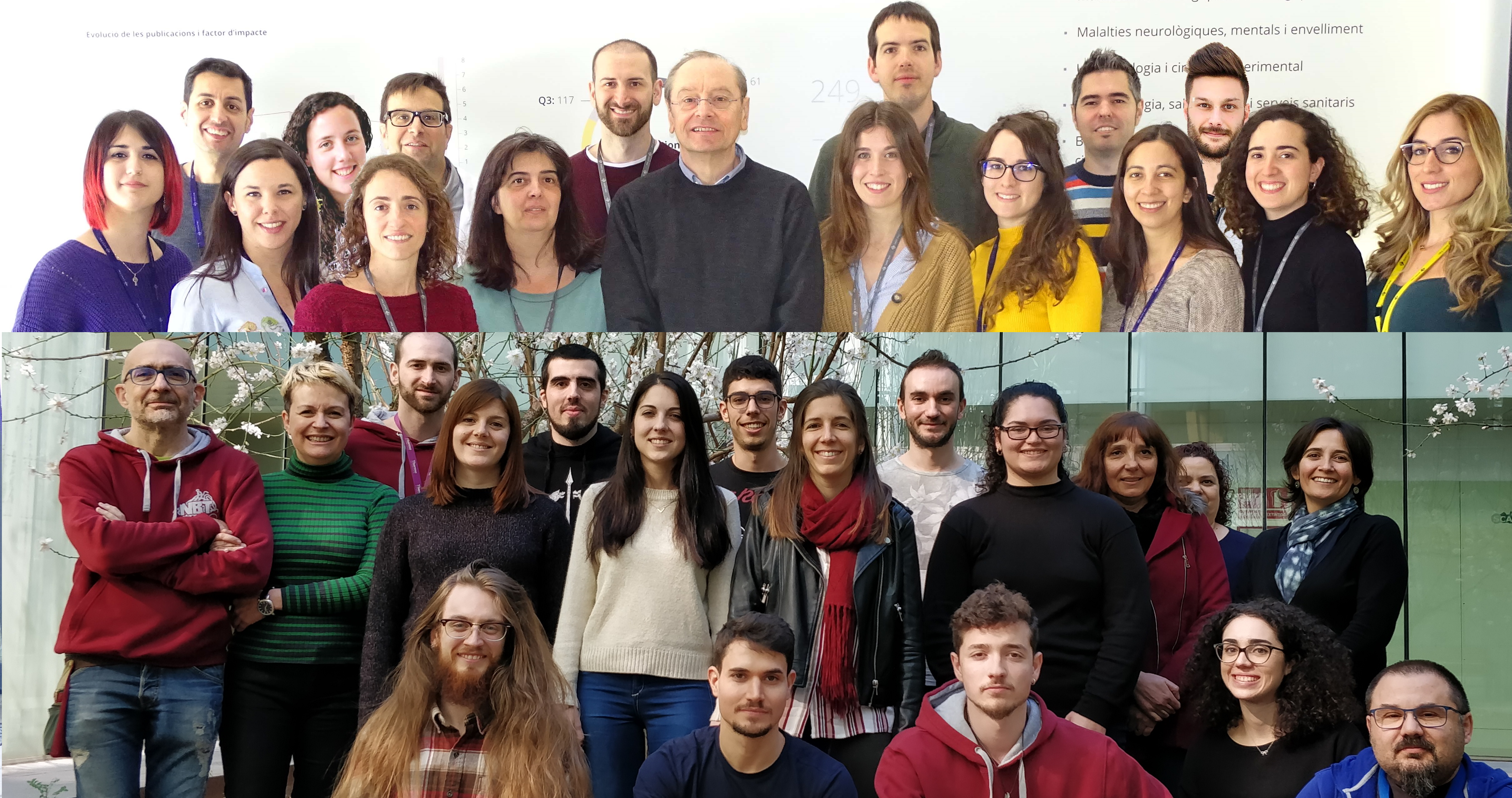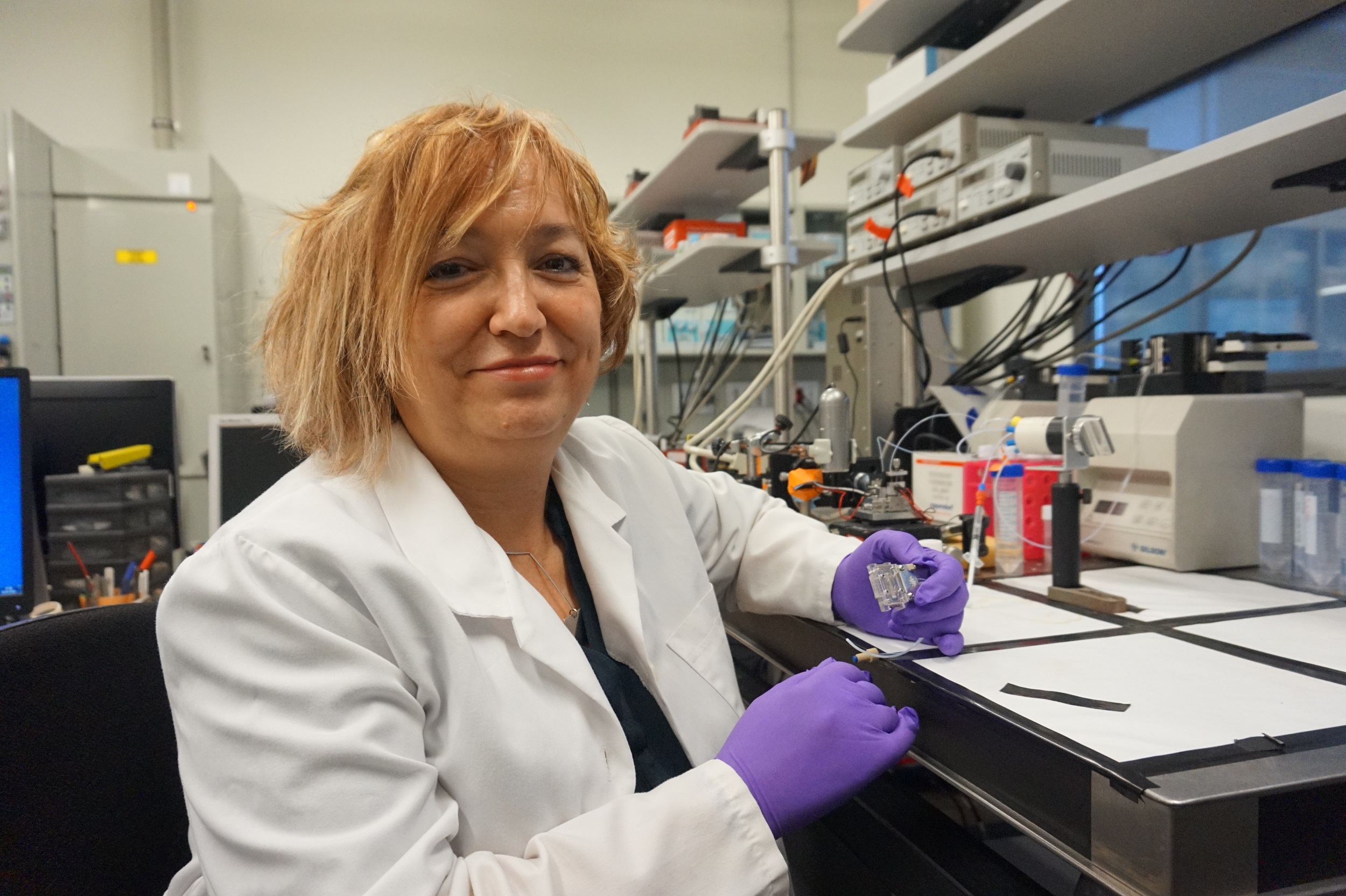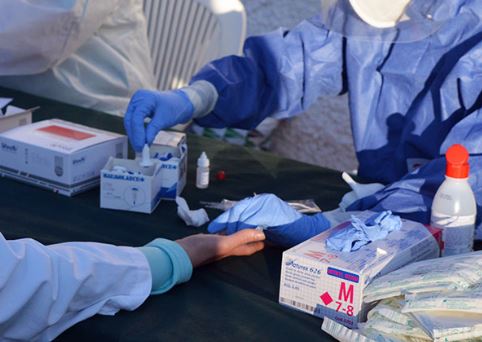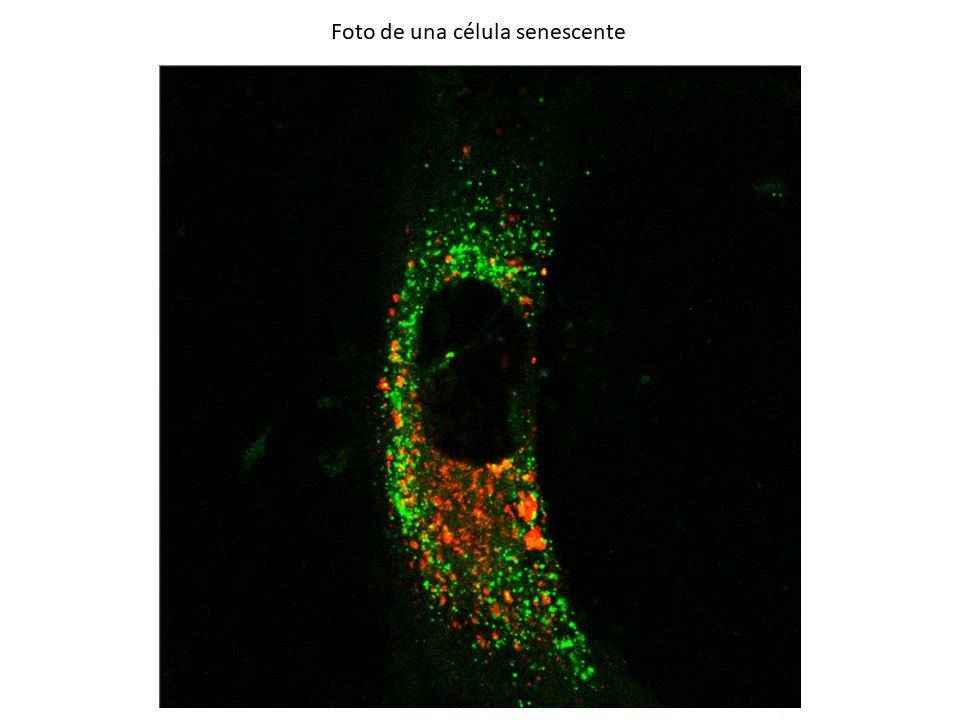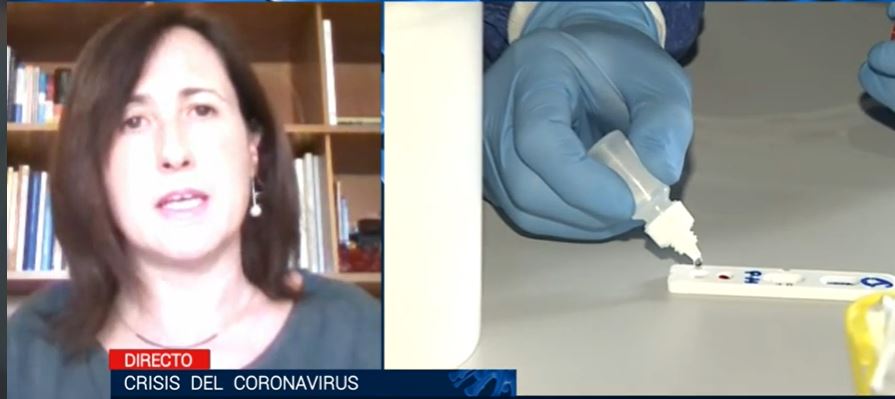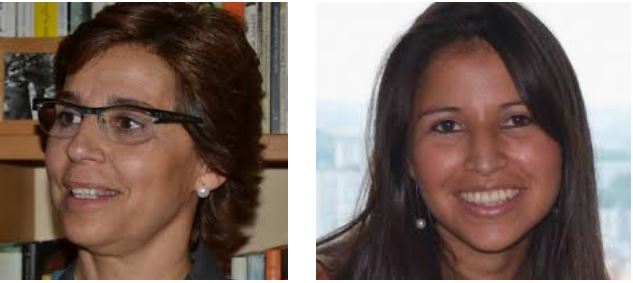NAV-GAL, a new senolytic drug against cancer, on spanish TV
The work carried out by the team of researchers of CIBER-BBN and Politecnic University of Valencia, led by, Ramón Martínez Máñez, Scientific Director of NANBIOSIS U26 NMR: Biomedical Applications II, is highlighted by the Spanish TV.
This team has developed a new drug against lung cancer that, along with other therapies, eliminates cells that have been bottled prematurely without harming healthy ones. The drug has been successfully administered in mice, now it comes the challenge of finding a way to administer it without damaging the patient’s healthy organs, and they propose inserting it into a capsule that would be released only in the intestine, thus preventing it from passing through the stomach even if it was administered orally.
This new drug called Nav-Gal , is part of the drugs called “senolytics”, those that are capable of killing only cancer cells.
Further information here
